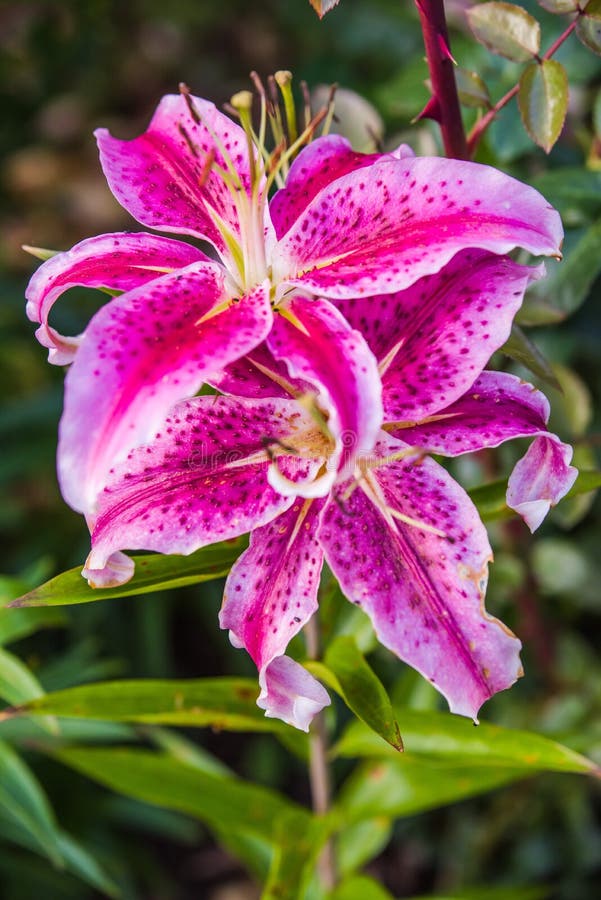

Division 6: Trumpet and Aurelian Hybrids.Lilies have few pests or diseases but may be affected by gray mold, slugs, snails, red lily beetles or viruses that are spread by aphids.ĭue to the wide range of hybridized true lilies, a horticultural system for classifying them has been developed in conjunction with the North American Lily Society and the Royal Horticultural Society, which categorizes the numerous types into nine divisions comprising of parentage and includes flower structure and habit: However, lilies are toxic to cats and should be planted where your cat does not have access to them. Wildlife including deer, mice, and squirrels eat the bulbs. Lilies have been used in Asian medicine and eaten as a starchy root vegetable by humans. Other flowers resemble bells, cups or bowls, while funnel types and trumpet shapes are also available. The flowers are ornate, have different shapes and may face in divergent directions.

Some lilies are alluringly fragrant, while others have no smell. Blooms may show mixtures of striping, freckles, or blotching. Typical flower colors include plum, red, pink, white, yellow, orange, and lavender. Lilium ‘Tiny Padhye’ by 阿橋 HQ | Flickr (CC BY-SA 2.0) They may be single blossoms or small bunches. Flowers develop on the ends of the stems in petal-like segments of 6. The plants have stiff stems and narrow spear or lance-shaped leaves that cover the stems in differing numbers of whorls. Lilies are grown in woodland settings, gardens, borders, containers, and pots. Depending on the variety, lilies bloom between the months of May and September.īy selecting mixed types of lilies, bloom time can cover most of the summer and produce striking colors. They are easy to grow and require little maintenance.
#Purple lily full
Lilies thrive in full sun with increments of shade. It is suggested that bulbs should be planted in soil enriched with organic matter, about 4 to 6 inches in depth. Usual planting times are spring and fall. Lilies may also be grown from nodules, scales, or seeds. Rhizomes or bulbs may be sub-divided and replanted. They are primarily grown and propagated from rhizomes or bulbs that characteristically lack an outer shield cover.

Lilies are a name attached to several types of flowering plants with true lilies being upright perennials ranging in heights of 1 foot to 8 feet with spreads of up to 2 feet. The loveliness of lilies has made them increasingly hybridized. Over the centuries, lilies have become engrained in everyday culture including art, literary texts, medicinal uses, food sources and for their astonishing decorative beauty. Originating in sub-tropical and temperate regions of the Northern Hemisphere and prized as flowering ornamentals, lilies rank among the earliest cultivated plants. Lilies are members of the genus Lilium, a group that belongs to the family Liliaceae.


 0 kommentar(er)
0 kommentar(er)
